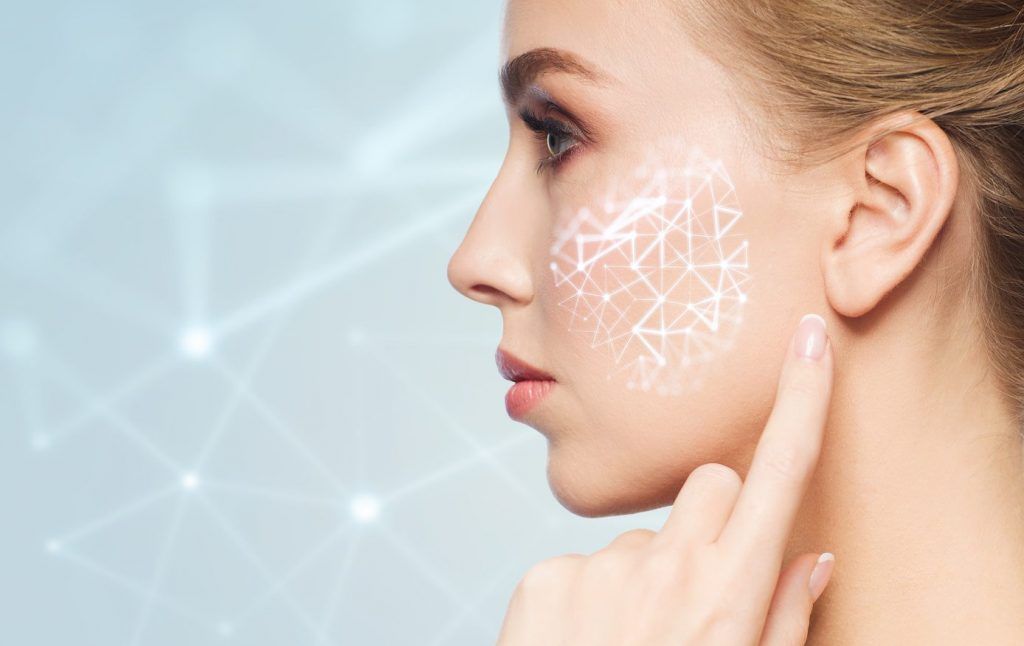pastiche training is an internationally recognised provider of online training courses for beauty therapists in the beauty industry
Pastiche online training and courseware is designed to further the professional development of passionate cosmetic practitioners and beauty therapists working within the professional non-surgical skin care sector.
Pastiche Training was founded in 1994 by Florence Barrett-Hill, an internationally acclaimed dermal science educator; practitioner and researcher. Our advanced training pathways meet international standards of both best practice and content provision, being awarded accreditation by the internationally recognised CPD accreditation group.
By partnering with Pastiche to further your professional development; you will position yourself as a highly skilled skin expert with a strong foundation of knowledge to lead you further into the world of dermal sciences.
excel.
achieve.
educate.
investigate.
48
COURSES
7,203
ENROLMENTS
5,998
ALL GRADUATES
464
ASA GRADUATES















